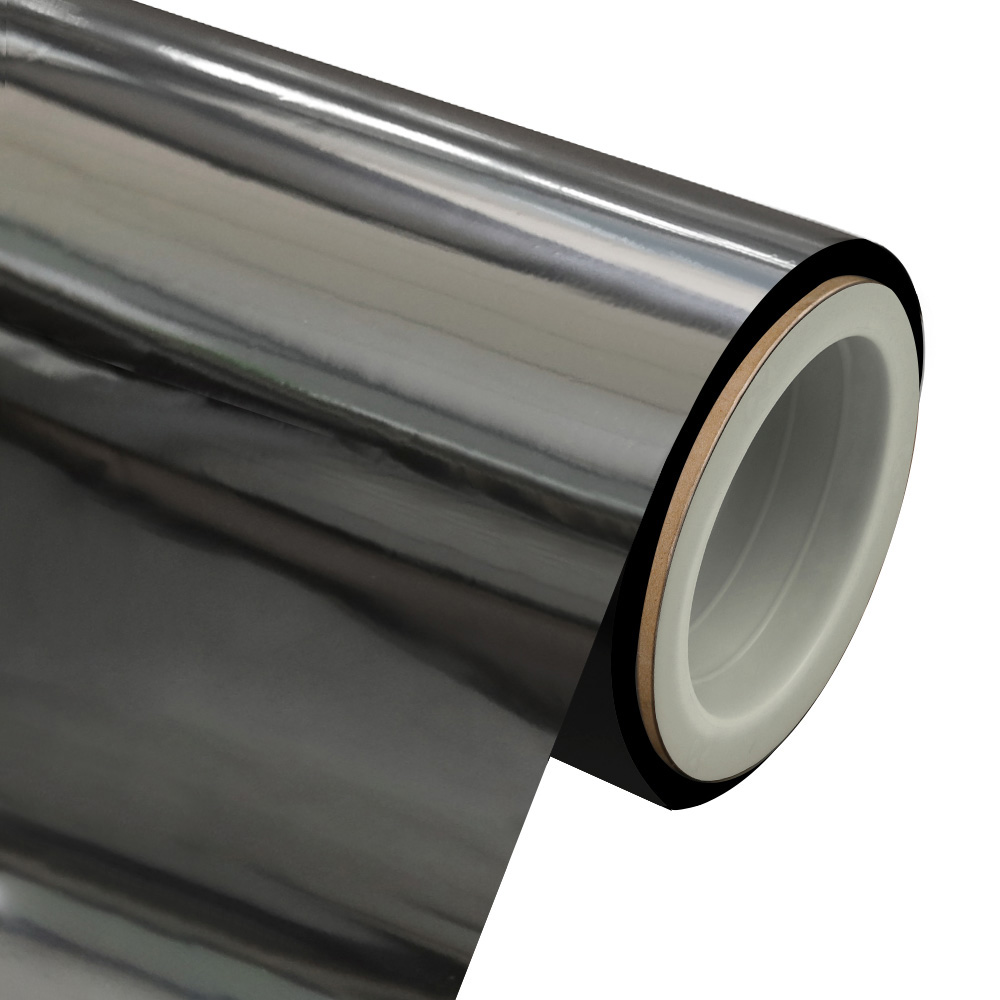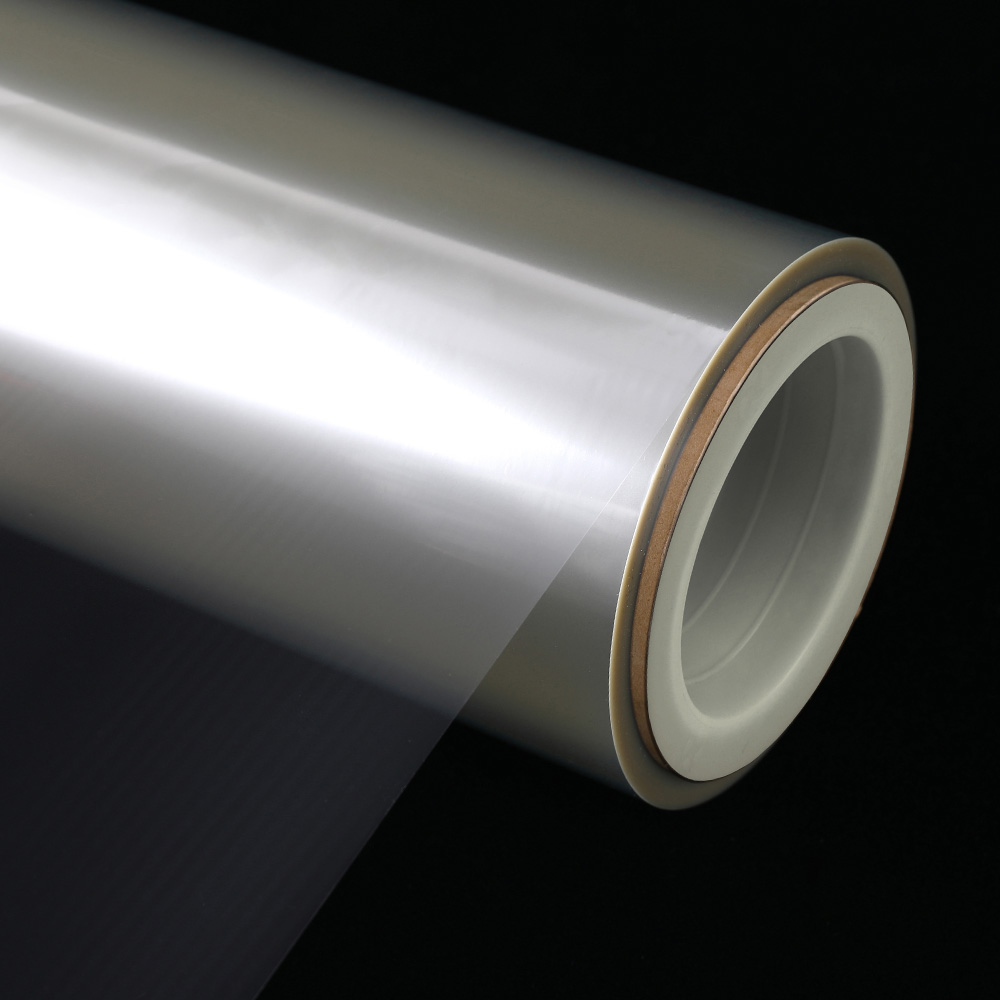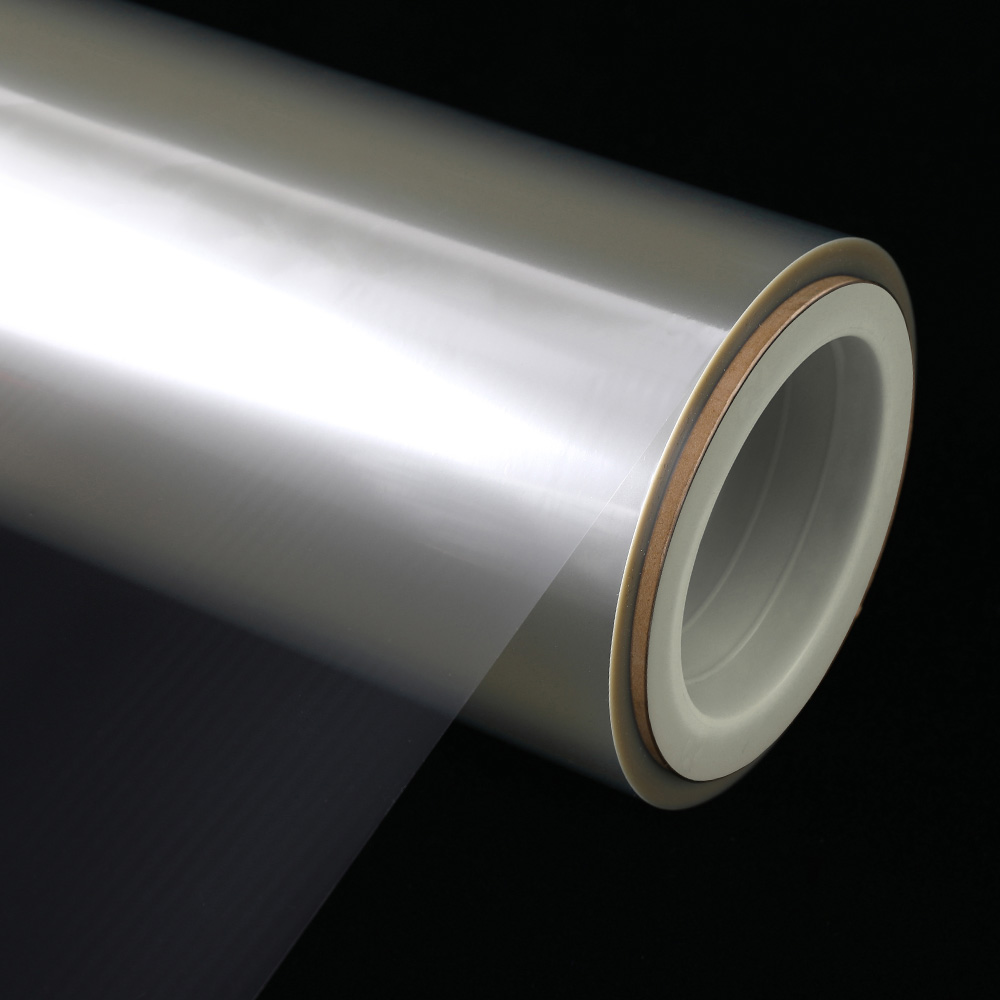How to slove the problem "transfer of metallized layer"?
The "transfer" of metallized film is that when the metallized film is stripped between layers, more of the metallized film is transferred to other films. Causes the peel strength to decline,so that the performance of the product resistance to the content of the decline,affecting the quality of the product,this is a lot of compound flexible packaging factory,home often encountered the phenomenon,is also more difficult to solve the problem.At present,the more widely used aluminum plating films are VMCPP and VMPET,and the corresponding composite membrane structures are 0PP/VMCPP,PET/VMCPP, 0PP/VMPET,PET/VMPET and so on.In practical application,PET/VMCPP produces more transfer phenomenon.This is because PET itself has a certain polarity,combined with the outer electrons of aluminum atoms,forming electron cloud superposition,so that the fastness between them is strong - some: at the same time,0PP is non-polar material,and the adhesion is poor, generally in 2.0N/15mm below, as PET. In addition,in the process of metallized film production,a layer of connecting material is coated on the film to enhance the bonding strength between the aluminum and the film.The quality of this layer of coating will also be related to the transfer degree of the metallized layer.
In addition to the quality factors of metallized film itself,there are also quality factors of adhesive.Ordinary adhesive coating performance is poor:the solvent release is poor,the glue is easy to penetrate into the aluminum plating layer, and damage the aluminum plating layer, ing to the "transfer" of the aluminum plating layer.
In order to fundamentally solve the problem of "transfer" of aluminum plating layer,we should pay attention to the following points in the operation of composite process:
1. Ensure the quality of aluminum plating film itself,is the prerequisite to solve other problems.If the quality of the metallized film itself is poor,then no matter how good the composite process and the better adhesive is powerless.
2. Choose the right adhesive,this is the more effective way to solve the transfer of aluminum plating layer.In the composite aluminum plating film,the adhesive with slightly larger molecular weight, more uniform molecular weight distribution,good solvent release and good coating performance should be selected.Adhesives with small molecular weight,although better coating performance,but strong intermolecular activity,through the very thin aluminum layer and damage the coating.Do not choose large molecular weight,uneven molecular weight distribution and poor solvent release of adhesive,because the penetration of the solvent itself is strong,damage to the coating,but also affect the bonding strength: at the same time,the large molecular weight of adhesive in the production process,its molecular weight is also bound to be uneven.
3. Increase the softness of the film.In the preparation of glue,the dosage of curing agent is appropriately reduced,so that the degree of cross linking reaction between the main agent and curing agent is reduced,so as to reduce the brittleness of the film,so that it keeps good flexibility and extensibility,which is conducive to the control of the transfer between the aluminum plating layer. At the same time,when the coating amount is related to the peel strength of the product,too much or too little will affect the quality of the product: too little,will cause small compound fastness, easy to peel;Too much will increase the cost. At the same time,the amount of coating,complete curing time is long,adhesive molecules have the ability to move,damage the coating.
4.Reduce the curing time.In principle,the curing temperature of ordinary film is generally controlled at 45- 50℃,and the composite products of plated saw film should in principle improve the curing temperature,using high temperature short-time curing way,the general curing temperature is between 50-60℃,do not low temperature for a long time or natural curing.
In addition to the quality factors of metallized film itself,there are also quality factors of adhesive.Ordinary adhesive coating performance is poor:the solvent release is poor,the glue is easy to penetrate into the aluminum plating layer, and damage the aluminum plating layer, ing to the "transfer" of the aluminum plating layer.
In order to fundamentally solve the problem of "transfer" of aluminum plating layer,we should pay attention to the following points in the operation of composite process:
1. Ensure the quality of aluminum plating film itself,is the prerequisite to solve other problems.If the quality of the metallized film itself is poor,then no matter how good the composite process and the better adhesive is powerless.
2. Choose the right adhesive,this is the more effective way to solve the transfer of aluminum plating layer.In the composite aluminum plating film,the adhesive with slightly larger molecular weight, more uniform molecular weight distribution,good solvent release and good coating performance should be selected.Adhesives with small molecular weight,although better coating performance,but strong intermolecular activity,through the very thin aluminum layer and damage the coating.Do not choose large molecular weight,uneven molecular weight distribution and poor solvent release of adhesive,because the penetration of the solvent itself is strong,damage to the coating,but also affect the bonding strength: at the same time,the large molecular weight of adhesive in the production process,its molecular weight is also bound to be uneven.
3. Increase the softness of the film.In the preparation of glue,the dosage of curing agent is appropriately reduced,so that the degree of cross linking reaction between the main agent and curing agent is reduced,so as to reduce the brittleness of the film,so that it keeps good flexibility and extensibility,which is conducive to the control of the transfer between the aluminum plating layer. At the same time,when the coating amount is related to the peel strength of the product,too much or too little will affect the quality of the product: too little,will cause small compound fastness, easy to peel;Too much will increase the cost. At the same time,the amount of coating,complete curing time is long,adhesive molecules have the ability to move,damage the coating.
4.Reduce the curing time.In principle,the curing temperature of ordinary film is generally controlled at 45- 50℃,and the composite products of plated saw film should in principle improve the curing temperature,using high temperature short-time curing way,the general curing temperature is between 50-60℃,do not low temperature for a long time or natural curing.


 English
English  中文简体
中文简体 





